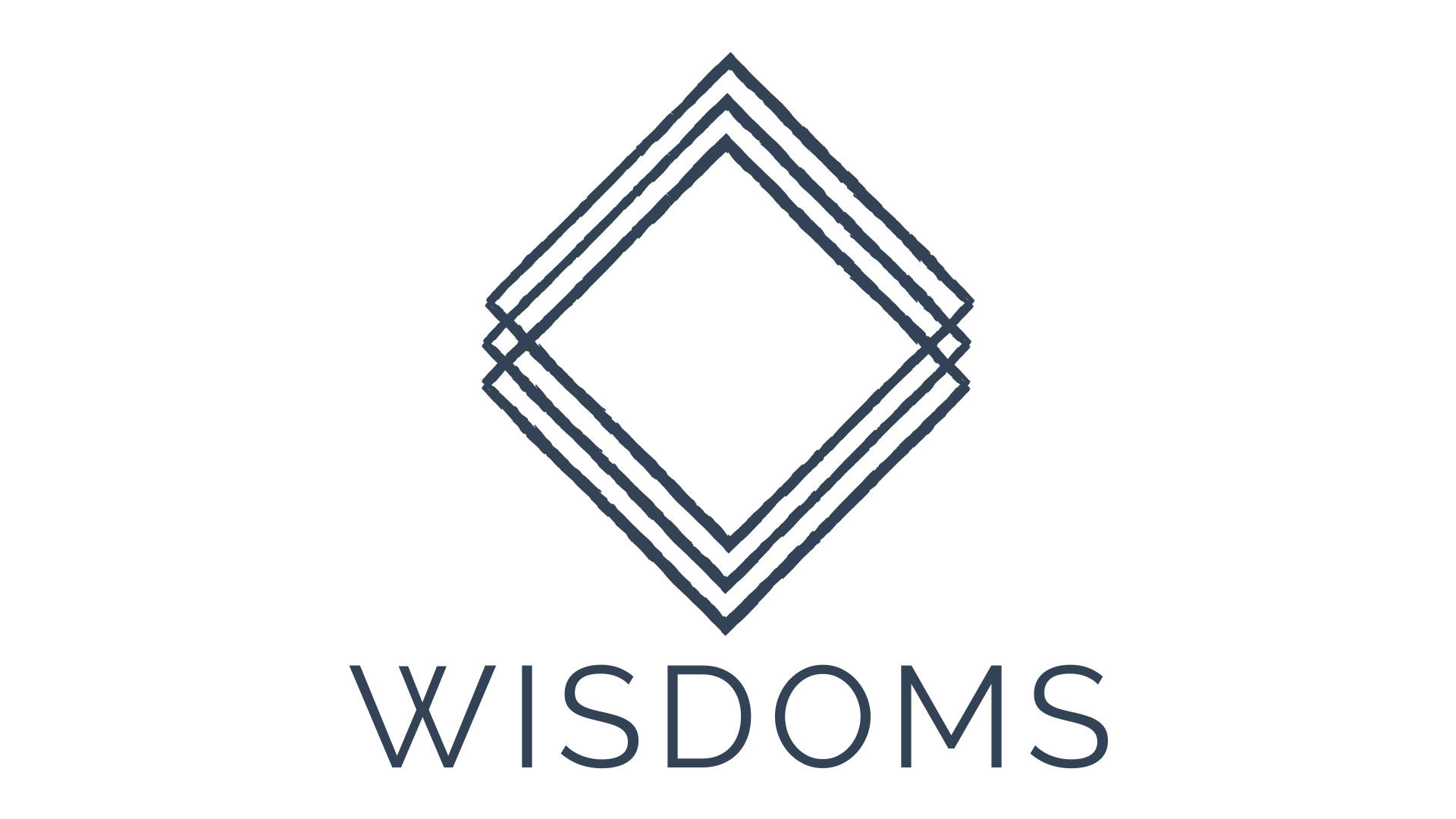When Richard Branson turned sixty-five he wrote four letters to himself that he published for us all to see. They were to the 10, 25, 50 and 65 year old versions of himself. Later he also took a look into the future writing to his eighty-five year old self.
Richard Branson’s Words of Advice to Himself
If you are curious about what he wrote but don’t really want to read the letters, here is a brief summary of each of the letters.
To his 10 year old self he advised:
· Seek adventure
· Value curiosity and imagination
· Don’t let failure discourage you
He writes to his 25 year old self:
· You have great goals and ambitions, you will need to work hard for them
· There will be bumps, chasms and forks along the road, don’t give up and learn from your mistakes
· Do things your way
For his 50 year old self he says:
· Business can and should be a force for good
· Make an impact at your points of passion
· Family is important so leave a worthwhile legacy
At 65 and 85 Branson is primarily concerned about:
· Influencing change on the world stage to leave the world a better place
· Living as an example for others, especially his children, grandchildren and staff
· Keeping on keeping on.
You are your own teacher
Isn’t it an interesting exercise to reflect on your life experience to recognize what you’ve learnt over the years? What do you now know that you didn’t know some time ago? Other people can tell us how they have succeeded but we can be our own best teachers. We have experienced success, but we took our own route and have learnt our own lessons. What advice would you give to your past self and your future self?
It is well known that our thoughts influence our actions and our results. Well documented research into what is known as the “placebo effect” shows that just by thinking something we can increase not only our experience of well being, but in fact change our physical wellness.
We are what we think. I’m reminded of when my daughter did horse-riding when she was young. The instructor would tell her over and over, “The horse will go where you want it to go.” Our minds are the rider and the rest of us follows.
Here are four ways you can nurture your mind so that you are able to produce the success you seek:
1. Pay attention to your self-talk
At some time or another people have called us unflattering, painful things. Maybe we have been told we won’t succeed or amount to much, or we aren’t good enough in some way. And these words and comments have stuck. They have found their way into our thoughts at unexpected times, sabotaging our confidence.
Besides what others have said, we beat ourselves up when we don’t live up to our own expectations. We feel we have let ourselves and others down and we keep berating ourselves over and over again.
This negative self-talk spirals us into a cycle in which we find ourselves unable to fully live up to our potential. We are feeding our brain with all the ‘can’ts’ instead of all the ‘cans’.
It is not about being arrogant or egotistical. Successful people are confident and enthusiastic. Confidence stems from a healthy self-image and esteem. It is about trusting ourselves and valuing our worth.
What positive things can you say about yourself that are true? These would include your abilities, your strengths, your achievements and accomplishments, as well as what you have solved and overcome? How can you form these into statements that become your new self-talk?
2. Take courage
The actor Will Smith is hilarious when he tells the story of skydiving for the first time and the absolute terror he felt before he stepped out of the plane. However, the minute he was in the air it felt like bliss. His lesson: the best things in life are on the other side of your fear.
Matt Damon’s character in the movie We Bought a Zoo, says that to get what we want in life takes 30 seconds of courage. It’s going ahead with what we need to say or do, or letting go of ‘what others might think of us’, for the 30 seconds it takes to get over ourselves.
The difficulty with courage is that it doesn’t feel like strength. It feels like vulnerability and fear. But when our mind gets used to overcoming fear over and over, we build our capacity. We keep overcoming new and bigger hurdles to achieve our goals. It is a fitness that we develop that equips us to reach higher than ever before. Suddenly we discover we are courageous after all!
3. Know your destination
Motivational speaker, Simon Sinek, makes the point to a room full of people that if he asked someone to walk in a straight line across the room to reach the opposite corner, they would do so, even though they might break the mandate to go in a straight line. Various people or chairs (obstacles of some sort) might well prevent them from walking in a straight line but the fact that they have the destination in mind means that they keep going.
If the instruction is simply “Walk in a straight line” then the minute there is something that gets in the way the journey comes to a halt. Sinek’s point is that being clear about your destination gives you the direction and the motivation to keep going when difficulties arise.
So yes, it’s about the journey, but the destination keeps us focused and persistent.
Almost everyone wants their lives to be meaningful and purposeful. We want our lives to add up to something. Bill Burnett, co-author of Design Your Life: How to Build a Well-Lived, Joyful Life, says we do this by “connecting the dots”.
To have a sense of the significance of our lives we need to connect who we are with what we believe and with what we do. Burnett advises the students he teaches at Stanford University to write 250 words about their theory of work. That is, to come to their own understanding of what work is for. The second exercise is also to write 250 words, but this time on that grand topic, “What is the meaning of life?” By relating these two pieces of work you are in effect “connecting the dots.”
You will have identified your destination and purpose if you can answer, to varying degrees, these questions:
· What do you want to accomplish in life?
· How do you want to be known?
· What is important to you?
· How do you want your life to matter?
· What would you count as worthwhile achievements?
4. ACT
For all this talk about the power of your thoughts, the reality is that if you do nothing about them, they remain lofty ideas and ideals and nothing more. Action changes things so ACT!
Nike’s by line “Just Do It” has stood the test of time and has made them a lot of money! It inspires us to put our money where our mouth is. We can talk, or think, all we want, but until we actually do it we have proven nothing and accomplished little. We also don’t know what will work and how we need to change it to make it work better for us.
People spend great chunks of their lives watching. They watch TV, movies, sports and video games but the people who are living their lives to the full, and making things happen for themselves are the people they are watching!
Stephen Duneier is a financial investor who has fine-tuned the ability to achieve huge ambitious goals, despite having what he calls “a five to ten minute attention span and no particular talent”. He has learnt everything from languages to flying helicopters. He is currently a world renowned yarnbomber! That is, he wraps huge natural features, like trees and rocks, in brightly coloured crocheted cloth. He holds the Guinness World Record for the largest crocheted granny square. It is 10 square metres, incorporates more than 30 miles of yarn and weighs over 60 pounds. It took 2 years, 7 months and 17 days to create, and required more than 500,000 double crochet stitches.
Let’s put it this way — Stephen gets things done. His methodology is simple. Break the huge goal or obstacle down to its smallest component and just do that. Then make marginal improvements along the way.
Learn, think, act. Repeat. Pathway to success.

